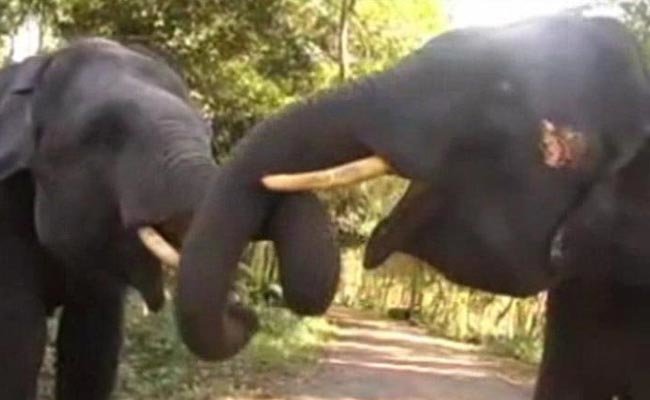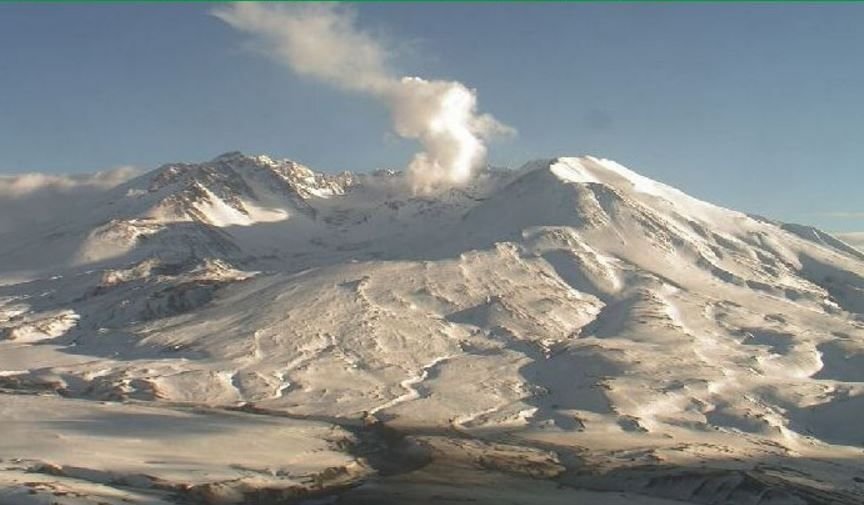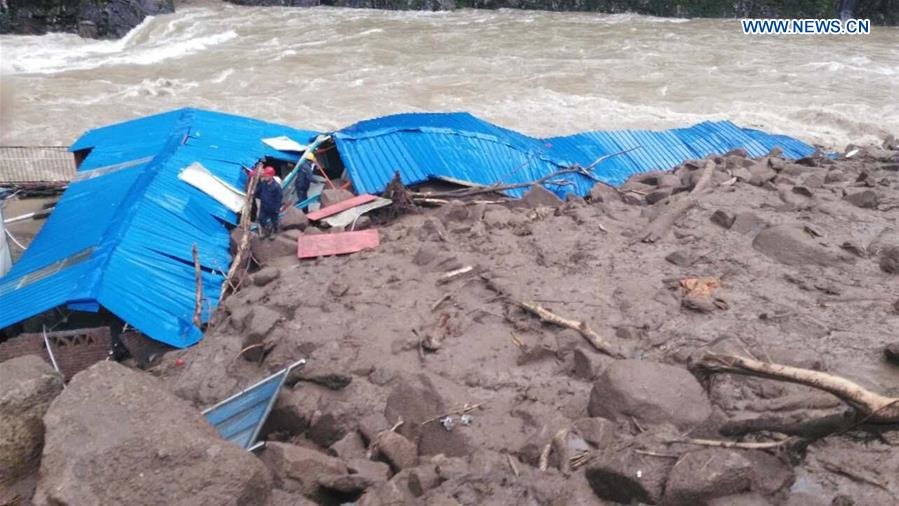In between a succession of media interviews, Mike Flannigan pauses to refresh his computer screen with the latest meteorological satellite information of the Fort McMurray wildfire. A short animated loop of clouds swirling across Western Canada pops up, with small concentrations of white dots—the heat from wildfires—glowing in the vicinity of Alberta's oilpatch capital.
"It's waking up again. Not as bad as yesterday, but it's starting," says Flannigan, a professor of wildland
fire and director of the Western Partnership for Wildland Fire Science at the University of Alberta.
It's mid-morning on May 4, the day after more than 80,000 people fled the Fort McMurray area and the raging wildfire that has proved the most devastating to a populated settlement in Alberta history.
In the initial hours after the blaze reached the community's boundaries, the need for answers—some level of insight into the science of wildfires—is unrelenting. Flannigan figures he's already done 20 interviews with local, national and international journalists, with another 40 requests piling up, including some well into the evening.
"What's happening in Fort McMurray is unprecedented, but this isn't a one-off," Flannigan tells an Ontario-based reporter over the phone. There was Kelowna in 2003. Slave Lake in 2011. And now Fort McMurray.
All communities devastated due to their proximity to tinder-dry wild areas."As long as we have these boreal forests—fire is part of the environment of the
boreal forest; people live, work and play in the boreal forest—we will get this intersection between people and fire."
The Fort McMurray wildfire shows just how quickly and unpredictably a blaze can rage out of control.



Comment: Study: Extreme tornado outbreaks are increasing